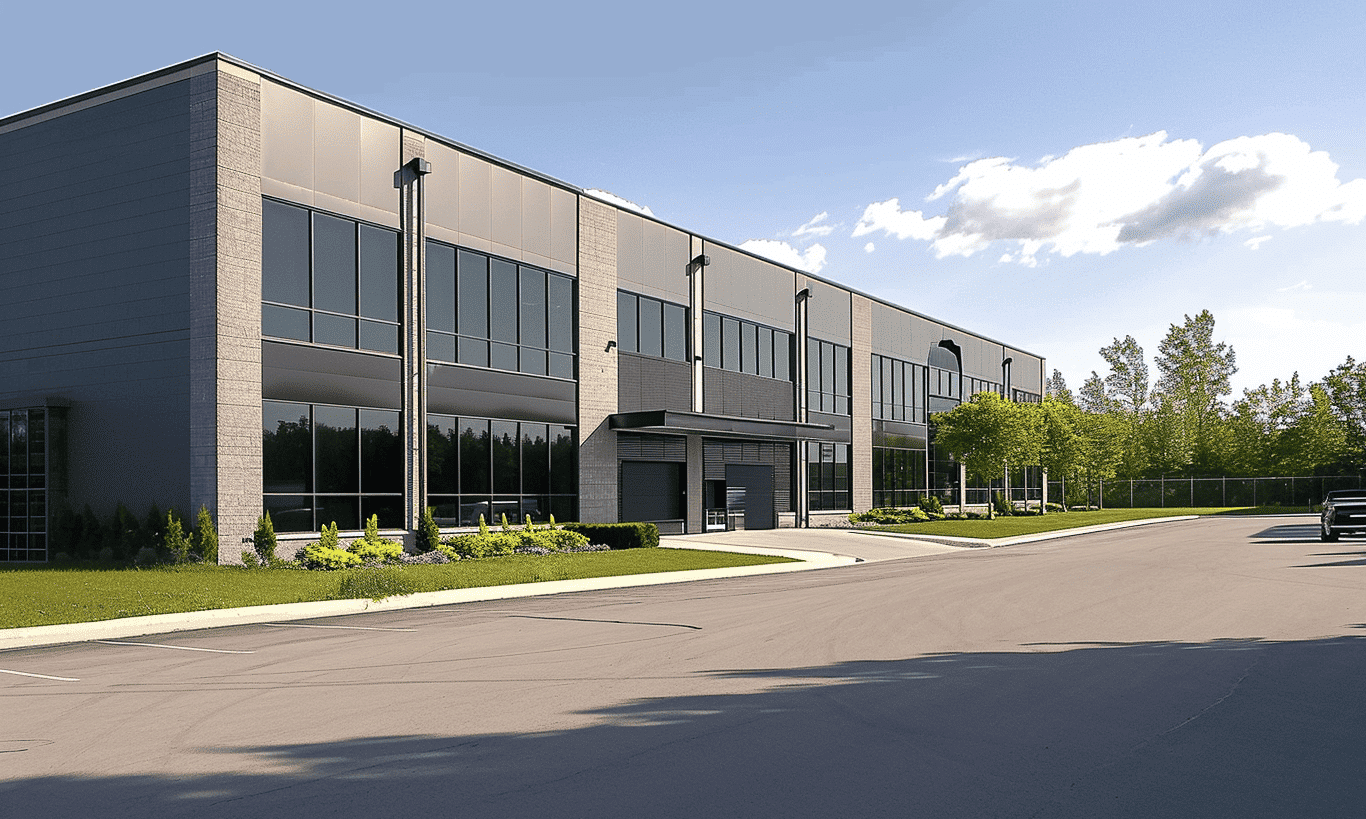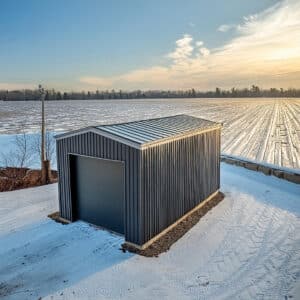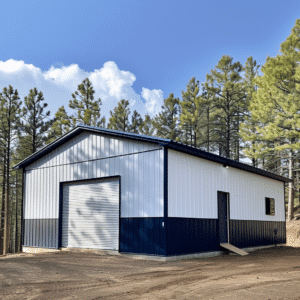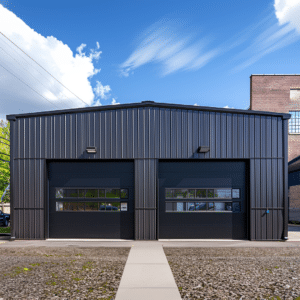In the vast world of construction, how often do we pause to ponder the security of our construction sites? When we talk about construction site security, it’s akin to discussing the sturdy fences and vigilant guards that protect a kingdom’s castle. Yet, with constantly evolving technology and increasingly sophisticated threats, ensuring site security has become more of a science than an art. Construction companies must deploy advanced measures to protect their most valuable assets. But what does effective construction site security look like in 2024?
Understanding the Importance of Construction Site Security
Imagine a construction site as an urban jungle bustling with activity. Machines roar like wild beasts while workers navigate the terrain like seasoned explorers. But there’s a catch; this jungle is under constant threat from thieves, vandals, and the dreaded liability monsters that lurk in the shadows. Construction site security is paramount as it safeguards everything from heavy machinery and valuable materials to the welfare and morale of every worker on the site.
Risks and Challenges Faced
The construction industry faces numerous security challenges. Theft and vandalism are traditional foes that can lead to significant financial losses and delayed project timelines. Moreover, the presence of unprotected equipment and materials can be tempting for opportunistic thieves. However, the consequences go beyond missing tools; imagine having crucial data or expensive equipment compromised—a true nightmare scenario!
Then there’s the challenge of unauthorized access, which can result in accidents or liability issues. The sheer size of construction sites makes them inherently vulnerable, with multiple entry points that can be difficult to monitor effectively.
Planning a Secure Construction Site
To master the intricacies of construction site security, one must first understand the lay of the land. It’s like crafting a blueprint for ensuring safety—a balance between physical barricades and technological measures. Let’s delve into the layers of security that should be considered.
1. Perimeter Security
Think of perimeter security as the outer walls of a fortified castle. Robust fencing with limited entry points ensures unauthorized individuals can’t easily access the site. Employing monitored entry systems, such as key cards or biometric scanners, adds an extra layer of protection. Additionally, installing motion-activated floodlights acts as both a deterrent and an ally, illuminating potential intruders lurking in the night.
2. Surveillance and Monitoring
No castle is complete without its watchtowers. Strategically placed surveillance cameras provide a real-time view of activities across the site, while a central monitoring station acts as the all-seeing eye, keeping track of unexpected movements. Pairing these with infrared and night vision capabilities means that even shadows can’t hide any suspicious behavior.
3. Secure Storage Solutions
Even the most vigilant guards need a safe place to store their treasures. Construction sites should implement secure storage solutions, such as lockable containers or mobile storage units. These are essential for high-value tools and materials, like copper wiring or specialized machinery.
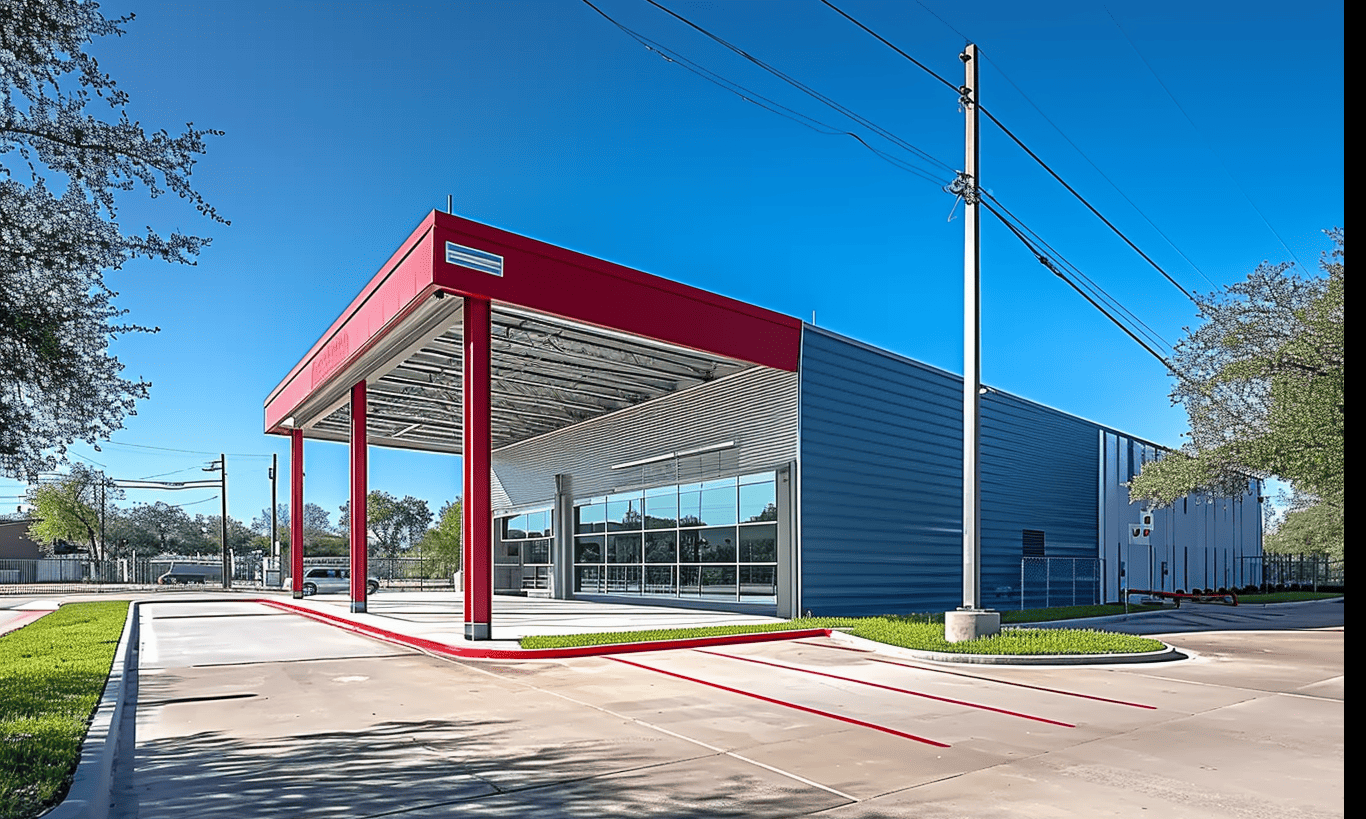
4. Technology Integration
As technology advances, it offers exciting possibilities for boosting construction site security. Technology is the silent sentinel in the age of digital transformation. Integrating advanced security systems such as drones, AI-powered monitoring, and real-time analytics can enhance the ability to detect and respond to threats quickly. Not only does technology aid in preventing theft, but it also promotes construction site cleanliness and organization, minimizing clutter and potential hazards.
Collaborating With Experts for Enhanced Security
Improving construction site security requires collaboration with experienced professionals who understand both the industry and the specific security challenges it faces. Your Building Team offers tailored solutions ranging from project design to construction and security management. These experts develop comprehensive strategies designed to cater to unique requirements, ensuring a safer construction environment for all.
The Canada Green Building Council – Construction Site Security provides specific guidelines and best practices to follow. By adhering to these, construction companies can align themselves with green building standards, reducing environmental impact while fortifying their defense mechanisms.
The Role of Emergency Response Planning
No one is prepared for emergencies—not unless they have a strategic plan in place. Emergency response planning is a crucial component of construction site security. Having trained personnel and clear protocols ensures a rapid and effective response should an incident occur, minimizing damage and ensuring the safety of everyone on site.
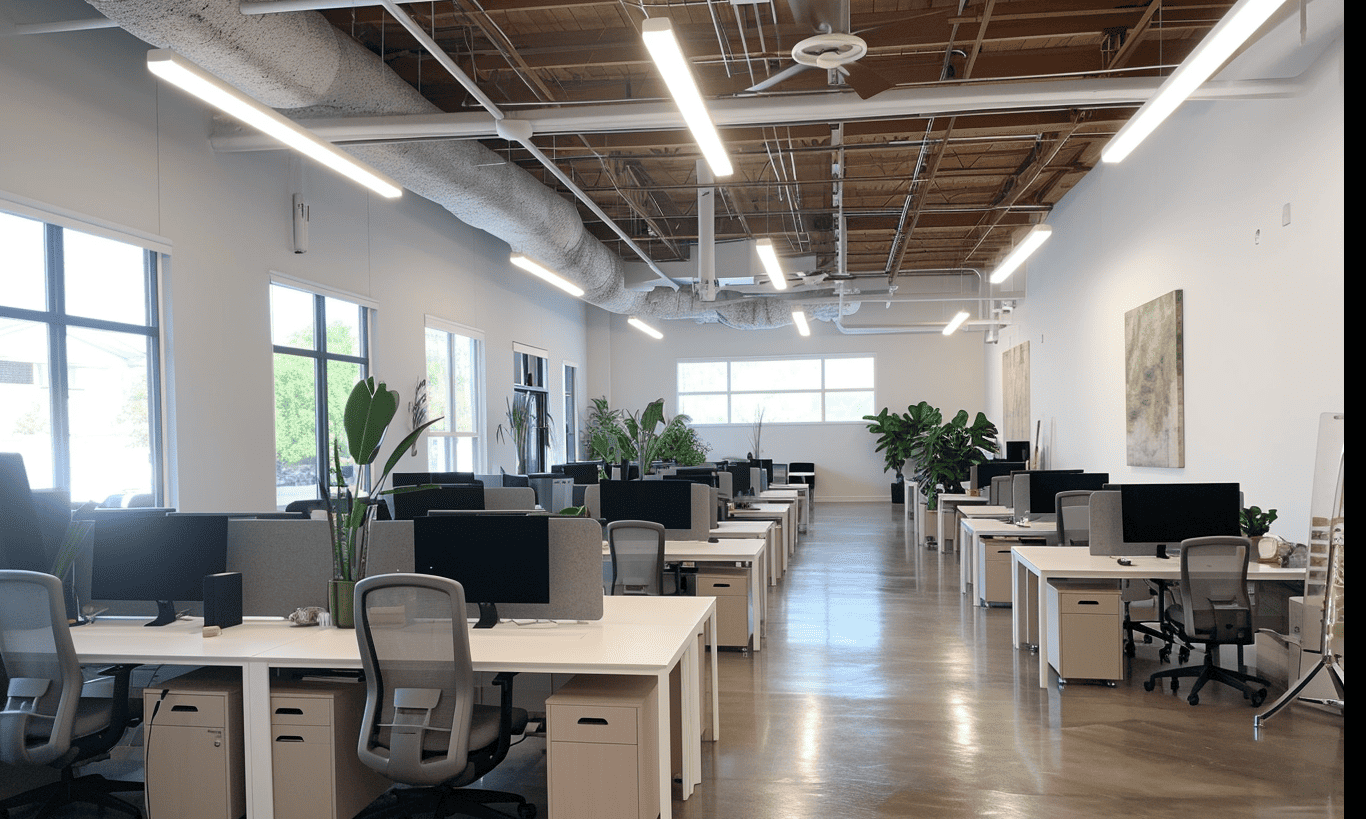
Best Practices for Construction Site Security
Beyond the technological and strategic aspects, implementing best practices is vital. Employee training plays a crucial role—trained workers can recognize security threats and know how to respond effectively. Sometimes, the difference between a secure site and a vulnerable one is simply the awareness of its workforce.
Moreover, establishing a security culture is vital in promoting vigilance. Encourage workers to report suspicious activity and prioritize communication between site teams. Regular security audits can help identify vulnerabilities and ensure compliance with current security protocols.
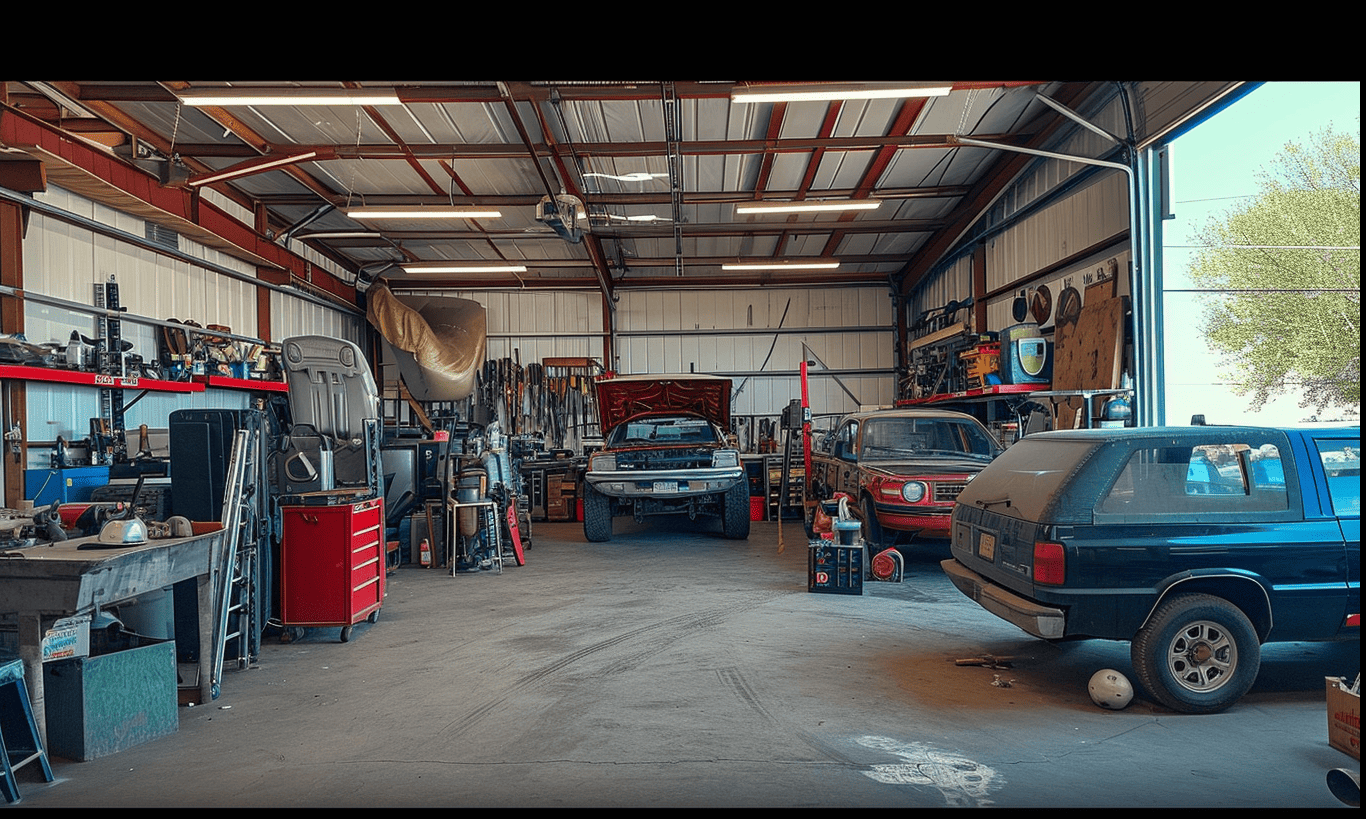
Conclusion: The Future of Construction Site Security
In conclusion, construction site security is the shield that protects a project’s success. The key to effective security lies in combining physical barriers with advanced technology, skilled personnel, and strategic planning. While the challenges are real, embracing comprehensive security measures and fostering a culture of safety can safeguard assets and keep projects on track.
Like a well-coordinated symphony, harmony in security involves engaging professionals, investing in tools, and remaining vigilant in an ever-evolving threat landscape. Protecting assets ensures the kingdom—the construction site—stands tall, unbowed, and ready to achieve its goals. For those balancing construction and security, it’s not merely about building structures but about crafting legacies that stand the test of time.


